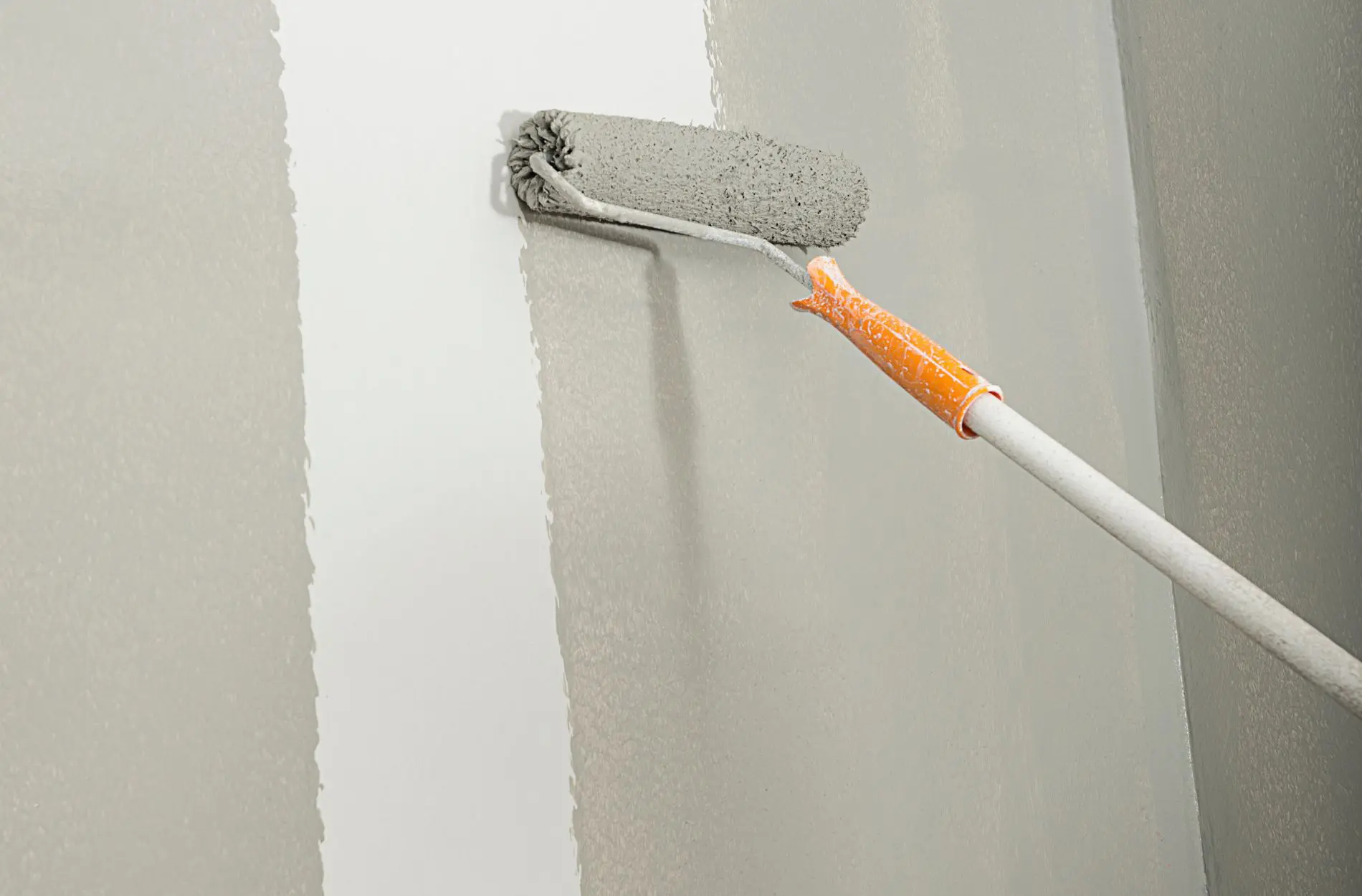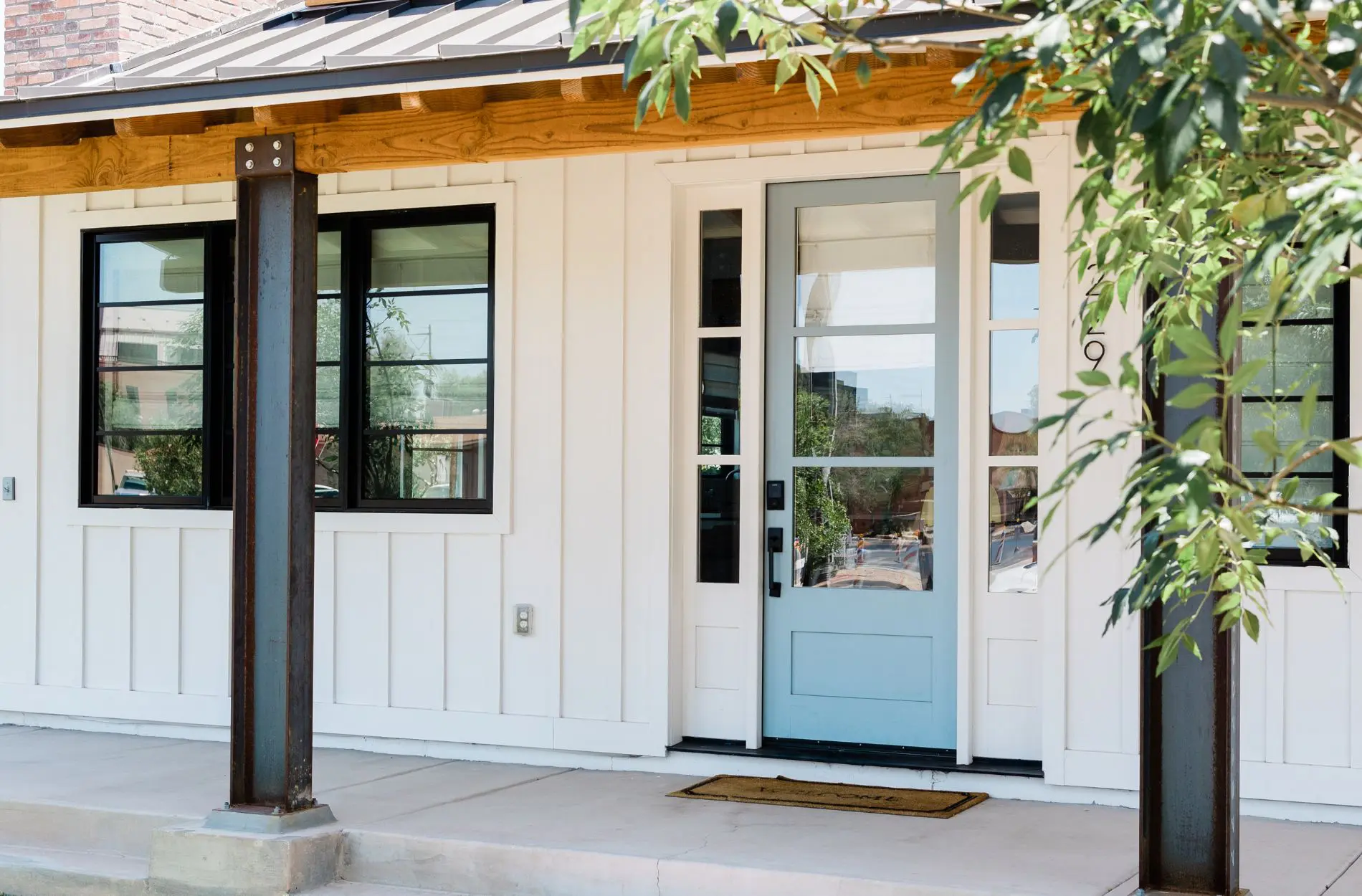Spray Painting – 10 Basic Rules to Follow

Every type of painting project and process has the potential to be deeply satisfying. But at the same time, there’s something uniquely enjoyable about grabbing a can of spray paint and watching whatever it is you are playing with turn a different and beautiful color at the push of a button. Of course, a lot of this comes down to simple convenience. After all, spray painting a surface is (in a technical sense at least) so much easier than getting busy with traditional painting tools. But at the same time, it’s the way in which spray-paint is not only so incredibly versatile, but has the potential to produce the kind of flawless finish that’s nothing short of mind blowing.
That being said, there is something of a sting-in-the-tail when it comes to choosing spray-paint – it’s not quite as easy to produce professional-quality results as it may appear. In fact, it is spectacularly easy to go wrong with spray-paints and leave yourself with a rather unfortunate mess that is very difficult to clean up.
Which is why we thought we would share with you just a few helpful and very basic guidelines, which apply to all spray-painting projects across the board. Simply work in accordance with the following are not only will you be more likely to produce great results, but chances are you will also find the whole experience so much more enjoyable at the same time!

1. Location
First and foremost, never underestimate the importance of choosing an appropriate location to carry out the job. This is important for two reasons – the first of which being that spray-painting tends to generate some serious fumes you really don’t want to be breathing in. Along with this, you also need to be aware of the fact that spray-paint has a tendency to get everywhere, meaning it’s not to be used in close proximity to anything you would rather not re-color.
2. Protect Surroundings
It is very difficult to prevent overspray from affecting objects and services in the vicinity, which is why it’s a good idea to lay down protective cloths and covers where necessary. Regardless of how careful you are, there is a very good chance some of that delightfully colorful mist will end up exactly where you don’t want it to be.
3. Surface Prep
It is impossible to come out with an outstanding result when using spray-paints if you do not first appropriately prepare the surface. In the vast majority of instances, you will need to ensure that the surface is flawlessly clean, 100% dry and has been sanded down. Spray-paints struggle to adhere to overly smooth and glossy surfaces and should not be used if there is even a residual hint of moisture.
4. Read the Instructions
Always be sure to read the supplied instructions in full, rather than simply making assumptions. The reason being that from one brand and product to the next, spray paint products require very different drying times and may also need to be sprayed from an entirely different distance. This can and will have a huge impact on the results you achieve, so it’s a good idea to see what the manufacturer has to say, before getting started.
5. Test First
In order to avoid ruining whatever it is you intend to paint, use the spray-paints on a small, discreet area before going any further. This will help you get a good idea is to not only how the paint itself looks in terms of color, but whether the surface is appropriate and has been sufficiently prepared for application. It will also give you opportunity to practice your spray-painting technique, if you are new to the idea.
6. Thin Coats
Don’t fall into the trap of thinking that you can simply add one generous layer of spray-paints to whatever it is you are painting, in order to come out with an excellent result. It simply doesn’t work like this. Instead, it’s a case of applying multiple thin coats, sweeping the spray across the surface lightly and gently from one end to the other. Rather than focusing on one very small patch at a time, it is better to focus on a much larger area and apply several thin coats.
7. Drying Times
However long the manufacturer’s instructions state you need to give each layer to dry, it is usually a good idea to leave it a little longer. The reason being that if you attempt to apply another layer of spray-paint before the previous layer is flawlessly dry, you have a pretty strong chance of ruining everything.
8. Ambient Conditions
Be aware of the fact that the ambient conditions at the time when you spray-paint the surface in question will have a significant impact on the overall finish. If it is too hot, too cold, too humid or too windy (for outdoor jobs), it might be better to wait until conditions improve slightly.
9. Use Quality Products
Make no mistake about it, the difference in quality from one spray-paint product to the next can be absolutely enormous. While some go on like a dream and produce simply outstanding results, others are nothing less than a nightmare to work with. As such, it’s definitely in your best interests not to cut corners when it comes to the quality of the spray-paint you choose in the first place.
10. Clean the Valve
Last but not least, always be sure to clean the sprayer valve immediately after use, in order to prevent it becoming blocked and negatively affecting its performance the next time around. Rest assured, you will make life much easier for yourself if you ensure you clean the valve before the residual paint in and around it has been given time to dry.










